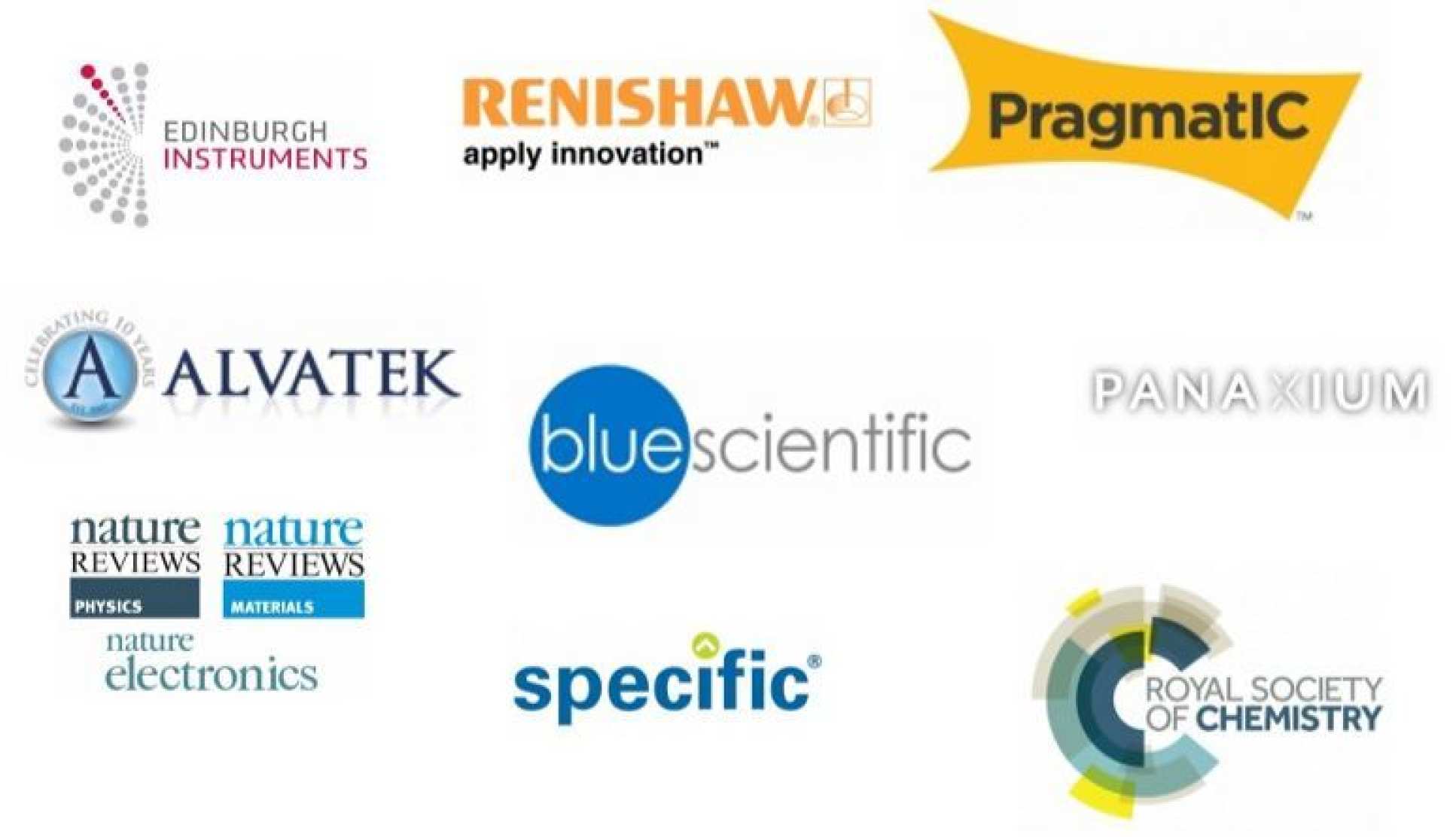
Delegates at the symposium

2018's symposium featured Samsung Institute of Advanced Technology’s director Dr Sangyoon Lee and showcased the work of CPE's researchers.
The Centre for Plastic Electronics is a dynamic and evolving research community that brings together hundreds of students and scientists across five departments at Imperial College London. Our annual symposium celebrates innovations in molecular design, characterisation and technology from the broader Printed Electronics community. From perovskites to biosensors, ultra-fast photophysics to thermally activated delayed fluorescence, this year’s event had something for everyone. With such an incredible programme it should come as no surprise that the lecture theatre was packed throughout – with postgraduate students meeting heroes whose names they only know from papers, new collaborations starting over coffee and wonderful support from our sponsors.
Thanks to the work of the CPE management board, Dr Steph Pendlebury, Dr Stuart Higgins and Dr Jess Wade, you’d be hard pressed to find a better line-up. After opening remarks from CPE director Professor James Durrant, we heard from Samsung Institute of Advanced Technology’s director Dr Sangyoon Lee. We were also joined by 2018 Blavatnik Award winner Professor Henry Snaith, Professor Neil Greenham, Professor Andy Monkman and Professor Neil Robertson. The CPE’s own Professor Molly Stevens and Professor Alasdair Campbell emphasised the significant contributions that Imperial makes to the field. A highlight for many was the flash poster presentations; where students from the CPE had 120 seconds to advertise their research projects and discoveries. Inspired by a conference Stuart had attended earlier in the year, this proved a great way to get senior academics engaged with early career research. There was certainly a buzz in the poster room… which continued even after the wine and snacks had finished.

The second day of the symposium included sessions on Bioelectronics, Characterisation and Frontiers. Prof Stevens’ keynote on engineering materials for bioelectronics reflected how quickly the area is evolving, and the session featured the rising stars who are driving those discoveries. Dr Adam Creamer (Imperial) and Dr Alex Giovannitti (Imperial EPSRC Doctoral Prize Fellow) shared their insight into chemical synthesis and the impact of molecular structure on charge transport. Dr Anna-Maria Pappa (Cambridge) shared how these materials can be used in vitro and Dr Estefanía Núñez Bajo (Imperial) demonstrated how it is possible fabricate biosensors from paper. Sounds easy, right?

In the session on Characterisation we explored how we can interpret and improve on these devices using simulations and spectroscopy. As commercialisation of these innovations are imminent, setting standards for characterisation and device performance is essential. We were honoured to welcome CPE alumni Dr Sebastian Wood (National Physical Laboratory, Senior Scientist), who shared how they are working on creating a reference sample for Tip Enhanced Raman Spectroscopy. Dr Jenny Clark (University of Sheffield, Vice Chancellor’s Advanced Fellow) explained how a detailed understanding of the dynamics of charge transport can be used to enhance device performance. Dr Laia Francas Forcada (Imperial) described her innovative use of spectroelectrochemistry to unravel the mechanism of water splitting with metal oxide catalysts. Dr Samantha Hood (Imperial) discussed how molecular simulations can be used to compliment experimental measurements of device performance.
To gain perspective on future innovations, we invited three of the most exciting researcher’s we’d come across. Dr Riccardo Sapienza (Imperial) described his group’s work patterning nanostructures to create biodegrable lasers from silk and proteins. Dr Jochen Brandt (Imperial) showed how creativity in chemical design can be used to control the polarisation of light emission, which has applications in displays, sensors and spintronics. Dr Jenny Baker (SPECIFIC, University of Swansea) revealed their real-world efforts to improve sustainability – working with the Welsh government to build council houses that act as power stations.
To recognise Imperial’s R&D partnership with the Gwangju Institute of Science (GIST) and Technology, a special session was coordinated by Dr Sooncheol Kwon, visiting researcher in Professor Ji-Seon Kim’s group. Here we heard about GIST’s advances in organic and hybrid photovoltaics and biosensing.
You can tell I enjoyed it a bit too much as (a) I want to work with everyone who spoke and (b) I wrote that entire summary without looking at my notes. But you don’t have to trust me! We caught up with Dr Samantha Hood, winner of the Science Communication presentation prize at the symposium:

“I had a fantastic time at the CPE Symposium. As a new member of staff here at Imperial, the Symposium gave amazing insight into the world-class materials research that happens here across different departments. I really enjoyed the scope of the talks (from bioelectronics to perovskite solar cells), as well as hearing from students about their own research in their poster presentations. The Symposium was a super friendly environment and I’m so glad I had the opportunity to present my research there!”
We are grateful to all our sponsors, who contributed not only financially but also academically – offering insight in the discussion, acting as judges of the talks and attending all of the sessions.

Article text (excluding photos or graphics) © Imperial College London.
Photos and graphics subject to third party copyright used with permission or © Imperial College London.
Reporters

Lisa Bushby
Department of Physics
Jessica Wade
Department of Materials

Contact details
Email: jessica.wade@imperial.ac.uk
Show all stories by this author



